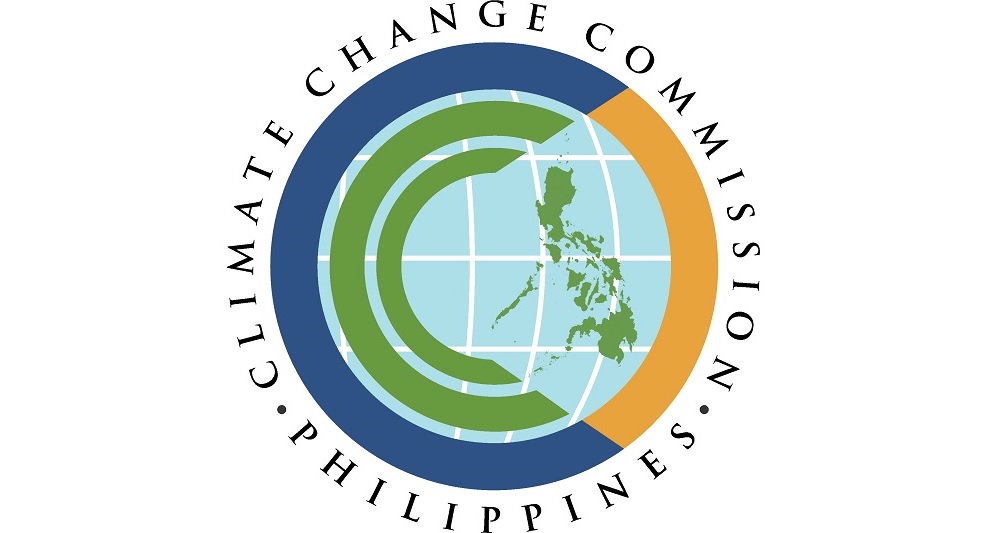Mitigation is among the key approaches to addressing climate change. Defined by the United Nations Framework Convention on Climate Change (UNFCCC) as “efforts to reduce emissions and enhance sinks”[1] mitigation aims to reduce greenhouse gas concentration in the atmosphere as a means to avoid dangerous global average temperature increase.
In solidarity with the global community and in line with national sustainable development priorities, the Philippine government has enacted policy frameworks to implement mitigation strategies and measures in the country as part of its contribution to global climate goals as well as a means to harness sustainable development opportunities and adaptation co-benefits. Among the policy frameworks are as follows:
- Republic Act 9729 or the Climate Change Act of 2009, as amended by R.A. 10174, which defines the power and functions of the Climate Change Commission (CCC) in recommending legislation, policies, strategies, programs on and appropriations for climate change adaptation and mitigation, and formulating strategies on mitigating GHG and other anthropogenic causes of climate change.
- National Framework Strategy on Climate Change, which elaborates on the synergy of adaptation and mitigation, and sets forth key results areas for mitigation with the long-term objective of facilitating the transition towards low greenhouse gas emissions for sustainable development
- National Climate Change Action Plan, which outlines the key activities and outputs on mitigation
- Executive Order 174, signed in 2014, which establishes the Philippine Greenhouse Gas Inventory Management and Reporting System (PGHGIMRS) to institutionalize the planning, preparation, and management of the country’s GHG inventory.
This Executive Order specifies the lead agencies for the sectors that will be conducting, documenting, archiving, and monitoring the sector-specific GHG emissions and reporting them to the CCC:
-
- Department of Agriculture and Philippine Statistics Authority for the agriculture sector;
- Department of Energy for the energy sector;
- Department of Environment and Natural Resources for the waste, industrial processes, and product use, and forestry and other land use sectors; and
- Department of Transportation for the transport sector.
The Climate Change Commission as the overall lead for the implementation of E.O. 174, and in line with its mandate to recommend legislation, policies, strategies, programs on and appropriations for climate change adaptation and mitigation and other related activities, implements this Greenhouse Gas Inventory Program which supports science-based mitigation policy and action development, planning, implementation, and monitoring.
A GHG inventory is an estimate of all emissions and removals of GHG from given sources and sinks within a defined spatial and temporal dimension. It serves several purposes for countries, not just from a technical and scientific standpoint but also in terms of policymaking, and strategic and investment planning. It aids in identifying source sectors and activities contributing to GHG emissions, understanding trends in emissions and removals alike, developing cost-effective mitigation measures, and monitoring progress towards policy goals as it provides scientific bases upon which emissions reduction strategies and policies shall be constructed.
[1]https://unfccc.int/topics/mitigation/the-big-picture/introduction-to-mitigation

